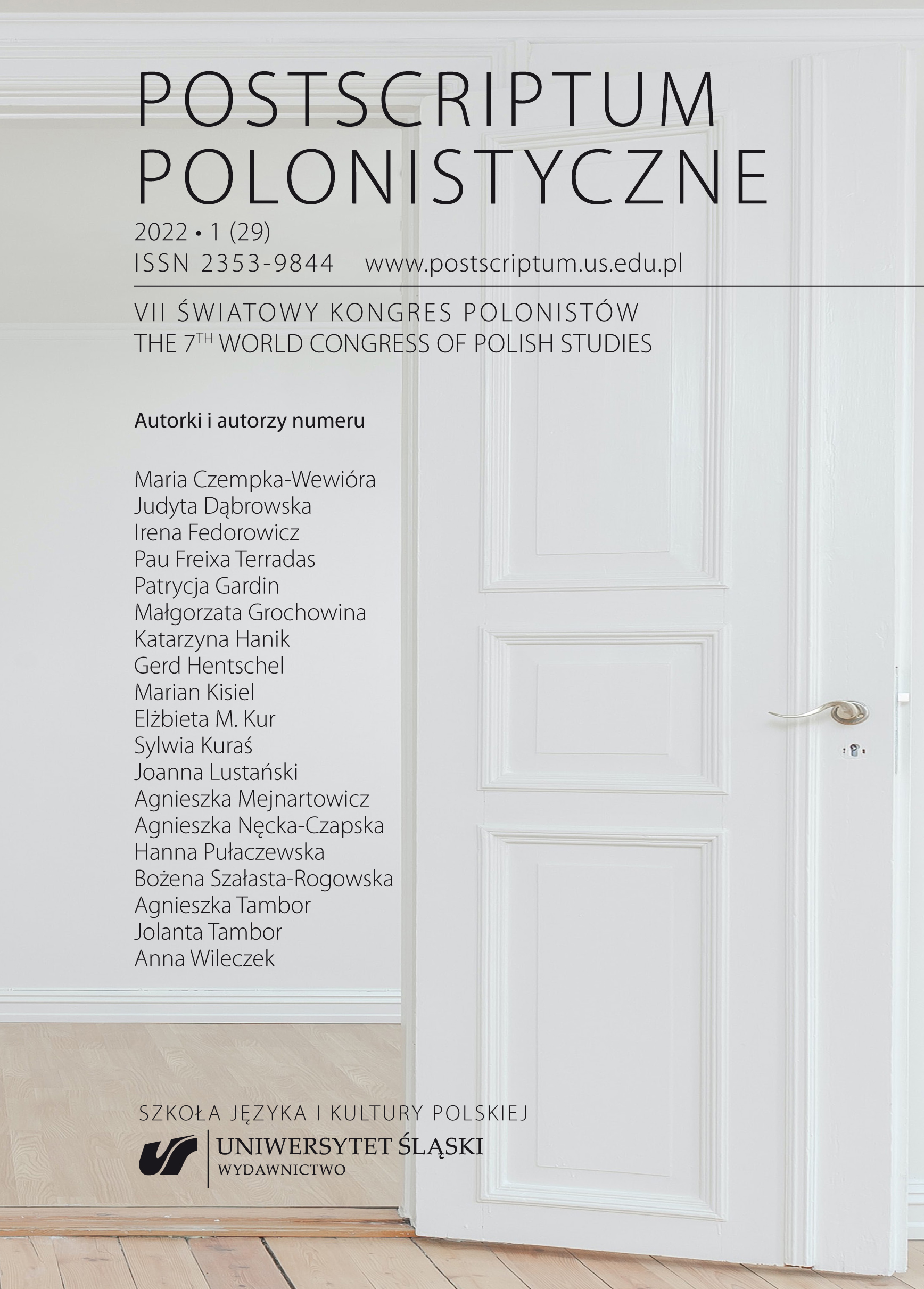Belferomowa. Uwagi o współczesnym profesjolekcie nauczycieli
Teacher Talk: Notes on the Contemporary Professional Jargon of Teachers
Author(s): Anna WileczekSubject(s): Language studies, Theoretical Linguistics, Applied Linguistics, Communication studies, Sociolinguistics
Published by: Wydawnictwo Uniwersytetu Śląskiego
Keywords: professional jargon of teachers; teachers’ informal communication; professional subcode
Summary/Abstract: In this article, Anna Wileczek describes a professional subcode of present-day teachers in relation to a specific, unofficial pattern/conversational style, which is known as “teacher talk”. Wileczek has conducted semantic-pragmatic analyses (from a sociolinguistic perspective) of the linguistic database collected from questionnaires, interviews, and teachers’ communicators. She has reconstructed three lexical-semantic profiles related to the teaching profession (professionalisms, neologisms, formulaic microtexts) and she has identified meaningful semantic fields: teaching, its organization and documentation/reporting, place and time of workplace, persons in educational interaction, and formulas of communication games. In the image of the world fixed in the professional jargon of teachers, the dominating position is occupied by the human person as the subject of professional interaction (teaching, organization of work, its documentation, professional development). The teacher is subjected to the requirements and rigors of the institution in which they work, establishing relations with other subjects – the students – willingly cooperating within the framework of standard communication contacts and new media, using communities with a professional bond to self-educate, maintain contact, meet the social needs, etc. Due to the professional-sociolectical leaning of teacher talk it is also possible to indicate structures in which the expressive or ludic parameter dominates, alongside the professional register (consisting of neologisms, acronyms, and neosemantisms). In addition, numerous examples of more or less clichéd signs of the second class (sayings, remarks, verbal shortcuts) allow us to draw conclusions about the participation of teachers in the ongoing social and communicative game.
Journal: Postscriptum Polonistyczne
- Issue Year: 29/2022
- Issue No: 1
- Page Range: 1-24
- Page Count: 24
- Language: Polish

